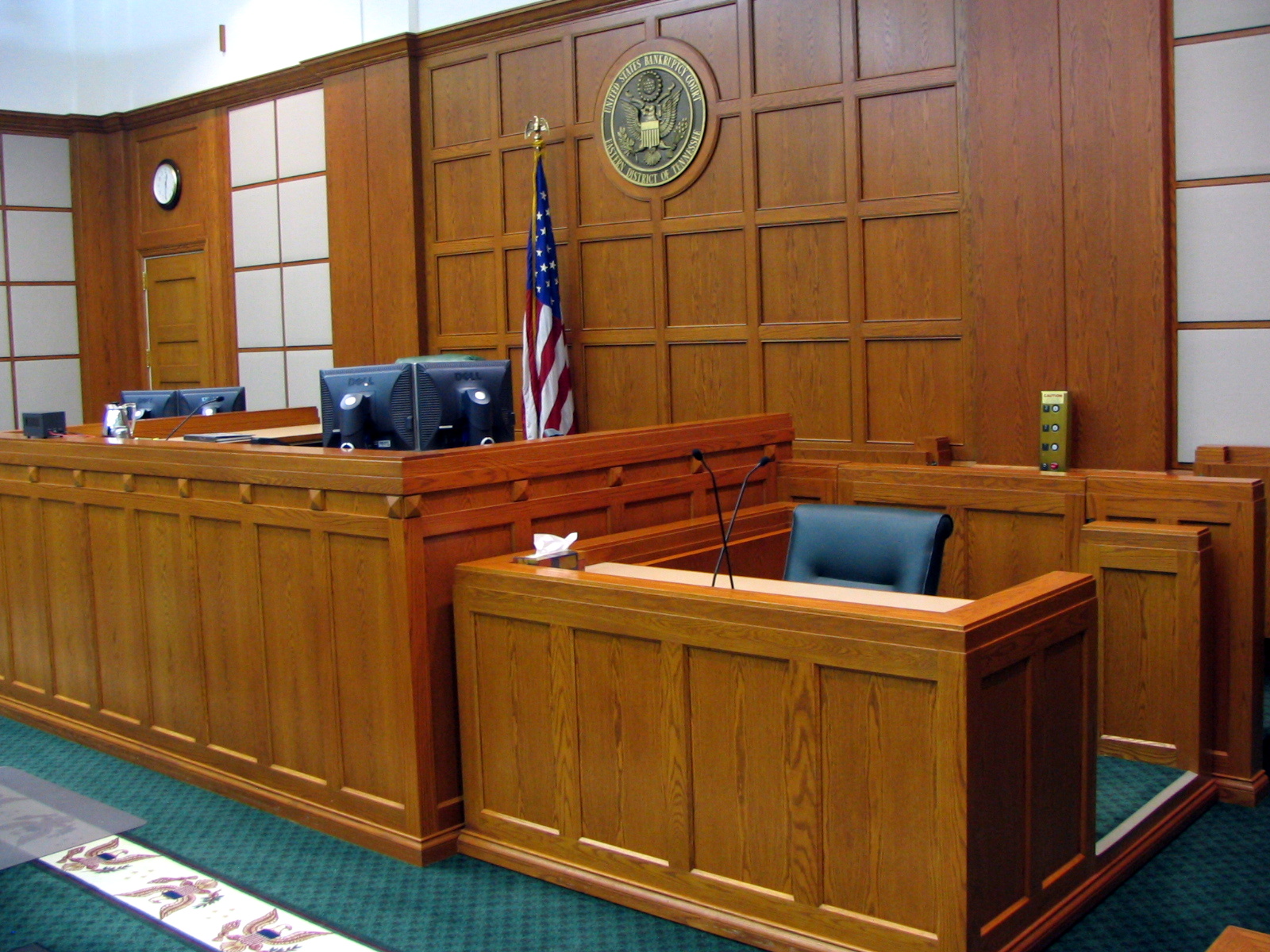In the initial Courthouse Metrics Introduction post, I suggested several issues that could be effectively addressed using a comprehensive and objective measure of a courthouse’s performance. Today, I will focus on how metrics are used to calculate a courthouse's overall score, what this score means, and how it helps in courthouse planning.
 In the preceding courthouse metrics blogs, we considered the following criteria comprising a comprehensive set of rating factors.
In the preceding courthouse metrics blogs, we considered the following criteria comprising a comprehensive set of rating factors.
- Space Functionality
- Space Standards
- Security
- Building Condition
- Technology
Though the articles only presented three factors under each criterion, numerous factors go into fully analyzing the courthouse. We maintain over 500 courthouse performance metrics that we use as a starting point to select and tailor metrics for each courthouse. In addition, these criteria are used in a weighted algorithm to calculate an overall score for a courthouse.
Courthouse Metrics Comparison
A key feature of using the courthouse performance metrics is comparing facilities on a single scale. The accompanying graph presents three bars. These bars represent scores for comprehensive ratings across the 956 federal, state, and local courthouses we have assessed over the years.
 I would like to focus first on the middle bar, labeled 70.6. This value represents the average score across all the courthouses we assessed. Regarding letter grades, the average courthouse would receive a "C." In previous posts, I identified some of the most common concerns that bring the scores down to this level.
I would like to focus first on the middle bar, labeled 70.6. This value represents the average score across all the courthouses we assessed. Regarding letter grades, the average courthouse would receive a "C." In previous posts, I identified some of the most common concerns that bring the scores down to this level.
The first bar, labeled 98.4, represents the score for the highest-rated courthouse we assessed. With the notion that a rating of 100 represents an ideal courthouse in terms of functionality, security, space standards, building condition, and technology, a score of 98.4 is very close to that ideal.
Walking through a courthouse that performs at such a high level is a great experience. I noticed during my inspections that the flow of people and work through such a high-rated courthouse runs smoothly. The courthouse feels safer, employee morale is generally higher, and the courthouse more efficiently handles the flow of judicial work.
The third bar, 25.2, represents the lowest-rated courthouse we assessed. This building was old and had been neglected for some time, and the core functions of the court were compromised. Inadequate circulation patterns, lack of proper secure areas, cramped courtrooms, and tight staff spaces in this courthouse led to a completely different dynamic.
Although I have found that the people who work in courthouses are uniformly supportive of their respective missions, the general attitude in this facility was to "do without" and accept the daily security and operational risks. Next time, I will explore how courthouse metrics can be used to improve the courthouse through renovation – or identify the need for new construction.





.jpg)
.jpg)
.jpg)
.jpg)
.jpg)
.jpg)


-1.jpg)
.jpg)
.jpg)

